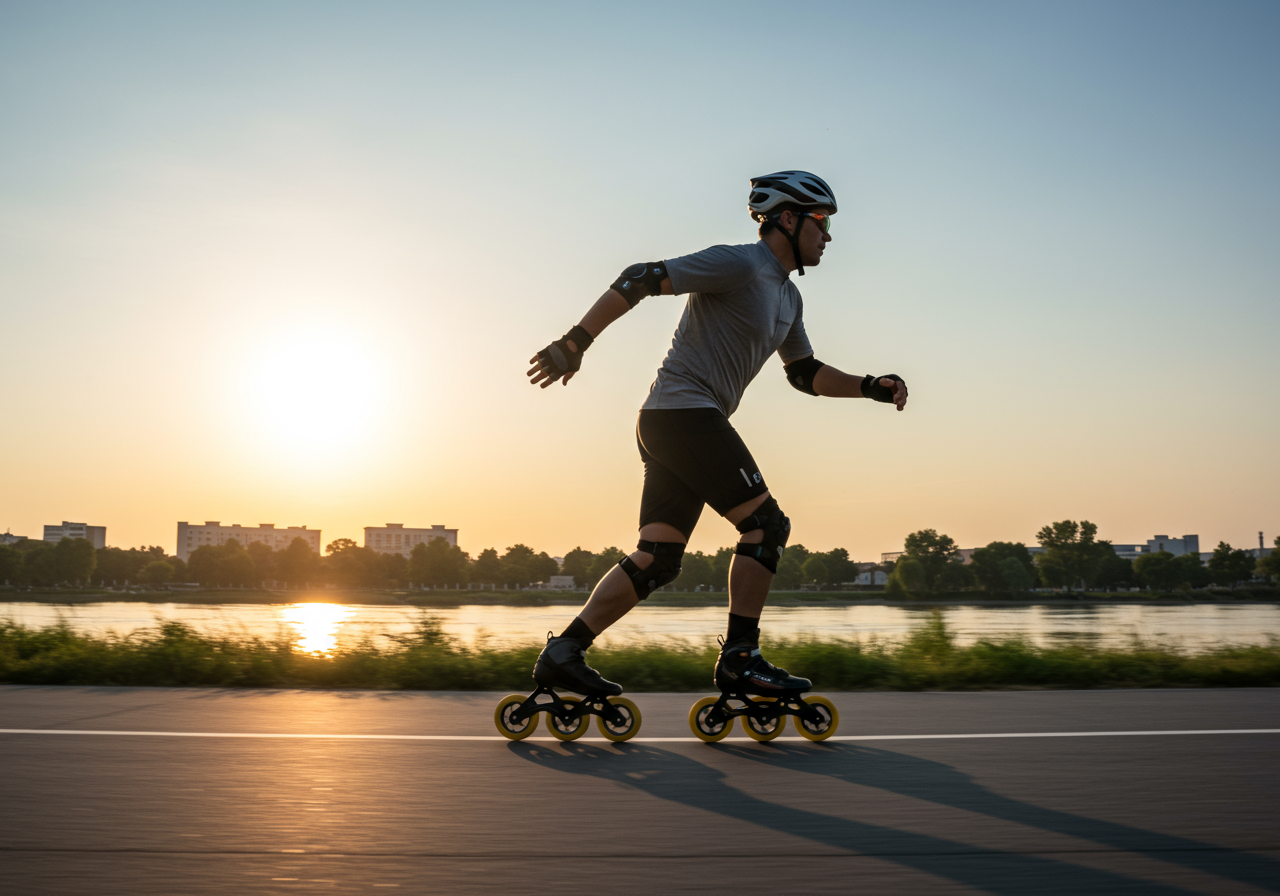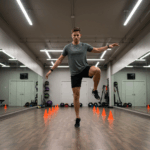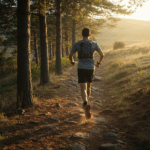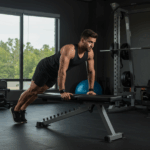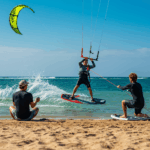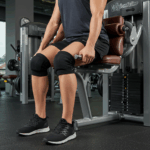Inline Skating System Blueprint: Skills, Speed, and Balance

Build a complete skating foundation that upgrades your whole body
Inline skating trains speed, balance, and coordination together. I design systems that make each part support the next.
Beginners need clear skills before speed. However, fitness grows faster once technique feels natural.
- Safety first: helmet, wrist guards, knee and elbow pads every session.
- Form cues: knees bent 30–45 degrees, hips stacked, eyes forward, quiet upper body.
- Edging and push: push to the side, recover under hips, finish with toe flick.
- Braking skills: master heel brake and T-stop before fast downhill work.
- Heart rate zones: Z1 recovery, Z2 easy aerobic, Z3 tempo, Z4 threshold, Z5 sprint.
- Session types: skills, endurance, tempo, intervals, and strength/mobility.
I anchor weeks around three skating days and two strength days. Mobility follows every workout.
| Day | Focus | Details |
|---|---|---|
| Mon | Strength + Mobility | Lower body strength 30–40 min; hips and ankles 10 min |
| Tue | Skills + Z2 Endurance | 20 min skills; 25–45 min Z2 steady skate |
| Thu | Strength + Core | Hinge, lunge, calf work; anti-rotation core |
| Fri | Technique + Tempo | 10 min drills; 2×8–12 min Z3 tempo |
| Sun | Intervals or Long Z2 | Alt weeks: 6–10×1 min Z4/2 min easy or 60–75 min Z2 |
- 5 min warm-up glide with gentle heel brakes.
- 3×20 m cone slalom for balance and edging.
- 3×30 s single-leg glide holds each side.
- 3×4 T-stops; 3×4 heel brakes.
Strength and Mobility Engine for Faster, Safer Skating

Build skating power with targeted strength and mobility
Strength increases push efficiency and joint control. Mobility gives deeper knee bend without strain.
I aim for two short strength sessions weekly. Additionally, I add five to ten minutes of mobility daily.
- Goblet squats load quads for knee bend and control.
- Romanian deadlifts strengthen glutes and hamstrings for hip drive.
- Lateral lunges improve side-to-side power and hip stability.
- Calf raises and tibialis raises protect ankles and shins.
- Copenhagen planks support groin strength for crossovers.
- Pallof presses build anti-rotation control for smooth glide.
| Exercise | Sets x Reps | Rest | Progression |
|---|---|---|---|
| Goblet Squat | 3×8–12 | 90 s | Add 2–5 lb weekly if technique holds |
| Romanian Deadlift | 3×6–10 | 120 s | Increase range, then load |
| Lateral Lunge | 3×8/side | 75 s | Add pause at depth, then weight |
| Standing Calf + Tib Raises | 3×15 each | 60 s | Add reps to 20, then load |
| Copenhagen Plank | 3×15–30 s | 60 s | Longer holds, lower support |
| Pallof Press | 3×10–12/side | 45 s | Heavier band, slower tempo |
- Goblet squat 3×10.
- RDL 3×8.
- Lateral lunge 2×10/side.
- Calf raises 2×15 + Tib raises 2×15.
- Pallof press 2×12/side.
Mobility targets ankles, hips, and thoracic spine. I like deep squat holds and ankle rocks.
Cardio Periodization and Technique Drills

Layer endurance and speed on top of clean mechanics
Cardio supports longer, faster skates. Technique drills keep energy efficient as speed rises.
I rotate three four-week phases across the season. However, I keep weekly skills year-round.
- Base (Z2): Build capillaries and mitochondrial density.
- Threshold (Z3–Z4): Push sustainable speed without blowups.
- Sprints (Z5): Sharpen power and neural drive.
| Phase | Volume | Zone Split | Drill Emphasis |
|---|---|---|---|
| Weeks 1–4 | Low-moderate | 80% Z1–Z2, 20% skills | Heel brake, T-stop, single-leg holds |
| Weeks 5–8 | Moderate | 65% Z2, 25% Z3, 10% skills | Crossovers, cadence, cornering lines |
| Weeks 9–12 | Moderate-high | 55% Z2, 25% Z3–Z4, 20% Z5 | Starts, sprints, pacing under fatigue |
- 2 min easy roll.
- 4×20 m edge entries: inside, outside, neutral.
- 2×30 s cadence drill: fast feet, small pushes.
- 2×30 s long glide focus: big push, quiet upper body.
Garmin heart rate zones keep me honest on easy days. I pair tracking with Garmin and Strava.
Step-by-Step 12-Week Plan: Beginner to Advanced

Follow a clear path from wobbly to fast
This plan scales for beginners, intermediates, and advanced skaters. I built it from client progressions that worked.
Use Rate of Perceived Exertion for strength. Additionally, use heart rate zones for cardio control.
| Stage | Weeks | Skate Sessions | Strength | Key Goals |
|---|---|---|---|---|
| Beginner | 1–4 | 2–3 x 30–45 min, mostly Z2 | 2 x 30–40 min | Brake control, stable glide, 45–60 min Z2 |
| Intermediate | 5–8 | 3–4 x 35–60 min, add Z3 | 2 x 35–45 min | Crossovers, 20–30 min tempo tolerance |
| Advanced | 9–12 | 4–5 x 40–75 min with Z4–Z5 | 2 x 35–45 min | Race starts, sprints, 10×1 min Z4 |
- Mon: Strength A 35 min (goblet 3×10, RDL 3×8, calf/tib 2×15).
- Tue: Skills + Z2 45 min, average 65–75% max HR.
- Thu: Strength B 35 min (lateral lunge 3×10/side, Copenhagen 3×20 s, Pallof 3×12).
- Fri: Tempo 2×12 min Z3 with 4 min easy between.
- Sun: Intervals 8×1 min Z4, 2 min easy roll.
Progress loads by 2–10% weekly if reps land clean. However, deload every fourth week by 30%.
Proof, Tracking, and Troubleshooting

Validate progress with real numbers and honest feedback
I track skating with a chest strap and Garmin watch. I upload sessions to Strava for trends.
I log nutrition with MyFitnessPal. This keeps recovery and body composition aligned with training.
- VO2 max estimate up ~8% by Garmin.
- 5 km skate time from 15:40 to 14:18.
- Average HR at 20 km/h down from 156 to 148 bpm.
- Goblet squat from 24 kg x10 to 32 kg x10.
HIIT leaned me out faster than steady Z2 for eight weeks. However, I needed strict recovery days to avoid stalls.
- Maya, 34: “Lost 4.1 kg in 10 weeks. T-stops feel automatic now.”
- Derrick, 42: “5 km improved by 12%. Strength days removed knee ache.”
| Issue | Fix | Why it works |
|---|---|---|
| Plateau in speed | Add 6×30 s Z5 sprints once weekly | Improves neuromuscular drive |
| Shin pain | Tibialis raises, softer wheels, smooth surfaces | Reduces impact and improves anterior strength |
| Wobbly balance | Single-leg glides, cone slalom drills | Builds stability and edge control |
| Motivation dip | New route + music-free skills day | Restores focus and novelty |
Nutrition supports energy and repair. My range sits at bodyweight x 30–35 kcal during build.
I keep protein at 1.6–2.2 g/kg, carbs at 3–5 g/kg, and fats near 0.8 g/kg.
Hydration targets 500–750 ml per hour in heat, plus sodium 300–600 mg.
- Creatine monohydrate 3–5 g daily for strength.
- Caffeine 3 mg/kg pre-skate for focus.
- Fish oil 1–2 g EPA/DHA for joint support.
I once skipped warm-up and strained a calf. Now I always include five minutes of easy gliding and mobility.
Wheel choice matters for control. Softer wheels grip better, while harder wheels roll faster on clean paths.
Clean bearings monthly and rotate wheels. Proper maintenance keeps technique crisp and safe.
